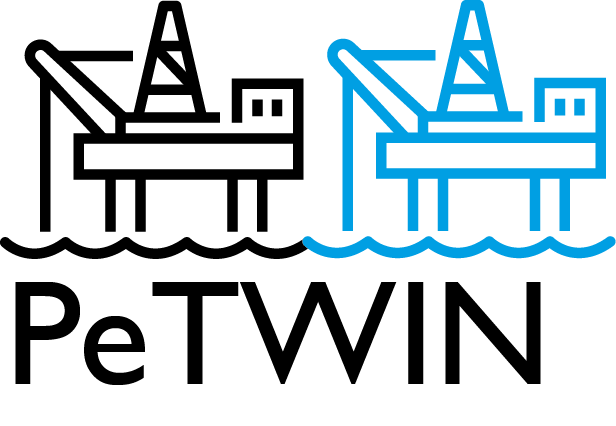Fundamental requirements of Digital Twins for production system in Oil and Gas Industry: A systematic literature review
Abstract
Context:
The oil and gas industry is adopting Digital Twins as a significant step in a continuous digital transformation. A Digital Twin can provide intelligent support to main activities related directly or indirectly to oil and gas production, like operations monitoring, process optimization, failure prediction, simulation of what-if scenarios, and safety improvement.
Situation:
Specifications of requirements of a Digital Twin (DT) in the oil and gas domain found in the literature are usually presented informally, utilizing natural and often ambiguous language. Most of the requirements need to be extracted from descriptions of DT characteristics and functionality presented in articles.
Objective:
This systematic literature review aims to summarize the existing evidence concerning the requirements of Digital Twins tailored explicitly for oil and gas production systems. By thoroughly analyzing published literature, the study seeks to uncover the requirements, properties, and constraints essential for the successful implementation of Digital Twins in this domain.
Method:
Through a systematic literature review, the study focused on rigorously identifying common functionality, ubiquitous characteristics, and some emerging trends related to Digital Twin requirements in oil and gas production systems.
Results:
From the initial 939 articles, the review selected 94 relevant studies, focusing on described requirements and on application-specific features of Digital Twins. Among the selected papers, 28 were analyzed and reviewed, focusing on specific requirements for Digital Twin for production systems within the industry, shedding light on 17 functional and 7 non-functional requirements common to many DT specifications and implementations.
Conclusion:
Our findings underscore the importance of comprehensively understanding and outlining the essential requirements for Digital Twins within the intricate landscape of production systems in the industry. By elucidating key features and properties of DT, this study contributes significantly to enhancing the efficacy and implementation of new Digital Twins, or the evaluation of existing Digital Twins. As a result, we have identified some important requirements, specifically in the O&G domain. We analyzed some issues related to the software needs of DTs in the O&G domain, highlighting which are the requirements of a DT usually specified or informally described. This study allows us to identify primary studies in both DT for O&G and Requirements Engineering (RE) fields. Even though the requirements described here have been collected from DT works in the O&G domain, many of these requirements are also applicable to other domains, like many areas of engineering and manufacturing. Finally, it aims to offer a clear understanding of state-of-art industrial DT requirements appliable for many domains, but with more focus and detail dedicated to the O&G domain. Moreover, we aim to identify some gaps and challenges that need to be considered for adopting DTs by the O&G industry.
Publication: https://doi.org/10.1016/j.infsof.2025.107742


